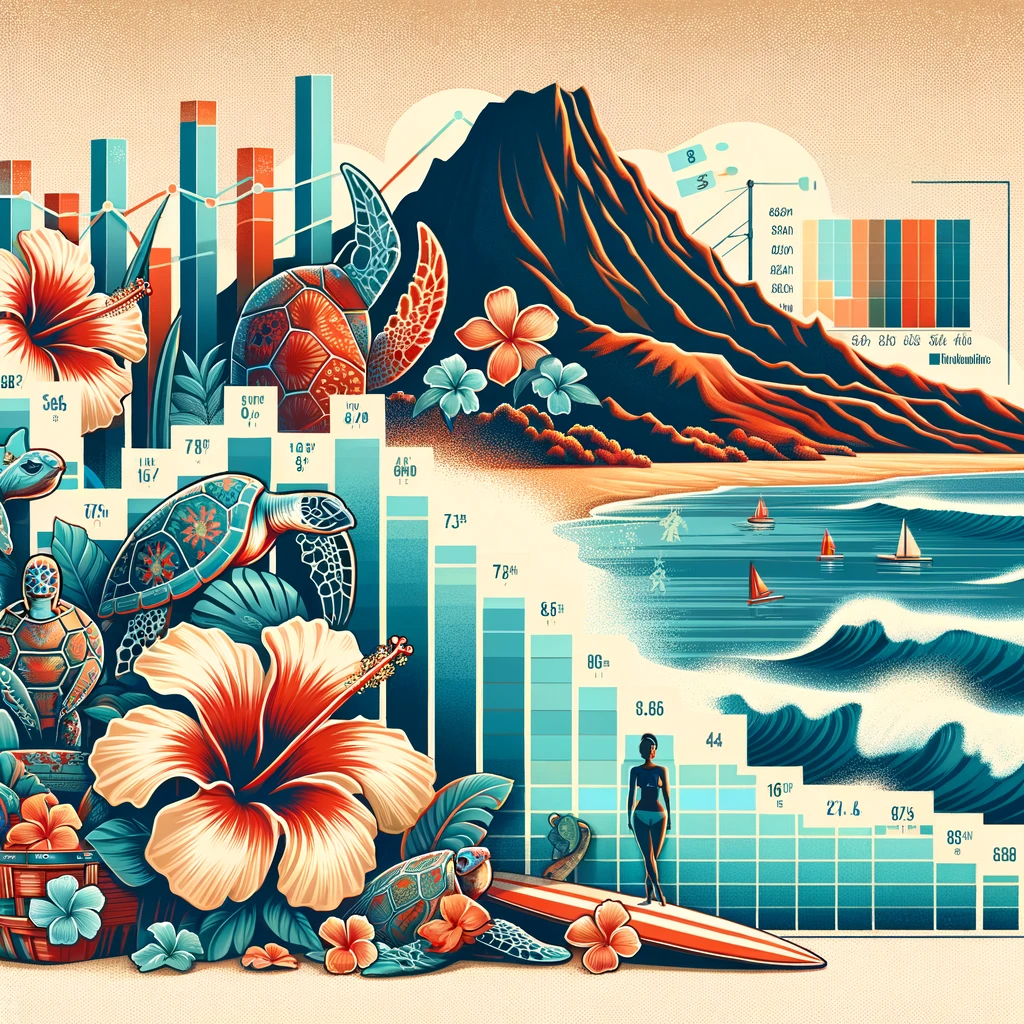Children and families in Puna face significant psychosocial and economic challenges, with a growing number of children having special needs, among the highest in the state. Existing social programs are insufficient to prepare families for the demands of the 21st century and ensure bio-psychosocial sustainability. Social services, healthcare, and mental health support resemble frontier practices, and our educational system is ill-equipped to meet the needs of Puna’s unique environmental and social circumstances. Statistics
Today, youth born in this area face reduced chances of pursuing a college education. Instead, focusing on computer literacy, green skills training, community networking, leadership development, and social problem-solving skills can enhance resilience and mitigate the impact of poverty and psychosocial risks. Given the pervasive and prevalent nature of risk factors, a trauma-informed and capable intervention approach appears more suitable as a model for intervention.
Hawaiian Drug – Etoh Abuse Youth Risk Factors
Current and long-term community planning efforts are inadequate to ensure that all medical, social, and environmental resource needs of the community are sustainably met.
Grassroots and private sector initiatives must complement public sector efforts to provide resources for innovative program development. Through the use of the World Wide Web, new social program models that can be replicated across the community and beyond are being introduced. We believe that our program models and outcomes can serve as generalizable models for enhancing environmental, human, and community response.
We acknowledge that our families and community elders embody an invaluable resource of sustainable wisdom, cultural continuity, and practical living skills, including agricultural knowledge that supports community social sustainability. We strive to integrate them into our programs and provide outreach opportunities through youthful volunteer helpers and trauma-informed Elder Youth Resourcing initiatives.-Articles












